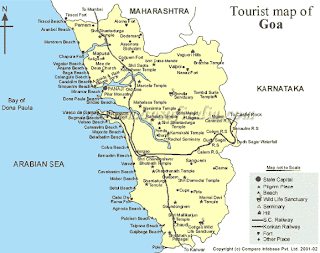







Multan is a city in the Punjab Province of Pakistan and capital of Multan District. It is located in the southern part of the province. It has a population of over 3.8 million (according to 1998 census), making it the sixth largest city of Pakistan. It is built just east of the Chenab River, more or less in the geographic center of the country and about 966 km from Karachi.
Multan is known as the 'City of Sufi Saints (Pir) and Shrines'. A circular road around the rampart gives access to the city through thirteen gates. Some of the imposing structures of these gates are still preserved. In the bazaars of the Old City one can still come across tiny shops where craftsmen can be seen busily turning out master-pieces in copper, brass, silver and textiles in traditional fashion.The city is filled with bazaars, mosques, shrines and superbly designed tombs.
Popular Attractions:
Multan, being an historic city, attracts a number of tourists every year. When the first settlements established themselves in Multan, access to the city was through a circular road around the rampart that gave access to the city through thirteen gates and even now some of the imposing structures of these gates are still visible and well preserved. The Old City has narrow, colorful bazaars full of local handicrafts and narrow winding lanes. There are many places of historical, cultural and recreational interest in the city. In the bazaars of the Old City one still comes across tiny shops where craftsmen can be seen busily turning out masterpieces in copper, brass, silver as well as textiles in the traditional fashion.
The numerous Sufi shrines within the old city offer impressive examples of workmanship and architecture. The Shams-e Tabriz shrine is built almost entirely of sky-blue engraved glazed bricks. That of Shah Rukn-e Alam (Tughlaq period) has one of the biggest domes in Asia. The shrine of Sheikh Yusuf Gardez is a masterpiece of the Multani style. Other shrines include the Pahladpuri Temple and the Idgah Mosque (1735).
The mausoleum of Shams-ud-Din, commonly known as Shah Shams Tabrez is located about half a mile to the east of the Fort Site, on the high bank of the old bed of the river Ravi. He passed away in 1276 AD and the shrine was built by his grandson in 1 330 AD It was rebuilt by one of his followers in 171 8 AD The Tomb is square, 30 feet in height surmounted by a hemispherical dome. It is decorated with ornamental glazed tiles.
Mausoleum of Rukn-i-AlamThe tomb is located on the south-West side of the Fort premises.In beauty and grandeur so other dome perhaps equals it This elegant building is an octagon, 51 feet 9 inches in diameter internally, with walls 41 feet 4 inches high and 13 feet 3 inches thick, supported at the angles by sloping towers. Over this is a smaller octagon 25 feet 8 inches, on the exterior side, and 26 feet 1 0 inches high, leaving a narrow passage all round the top of the lower storey for the Moazzan, or public caller to prayers.
The whole is surmounted by hemishperical dome of 58 feet external diameter. The total height of the building, including a plinth of 3 feet, is 100 feet. As it stands on the high ground, the total height above the road level is 150 feet. This contributes materially to the majestic and colossal appearance of the tomb, making it the most prominent object of view to the visitors. Besides its religious importance, the mausoleum is also of considerable archaeological value as its dome is reputed to be the second largest in the world after 'Gol Gumbad' of Bijapur (India), which is the largest.
Manka: Outside the Delhi Gate, nearly twelve yards (351/2 feet to be exact) in length, there is a stone of chocolate color with marks of light yellow on it, 27 inches in diameter and 78 inches thick, with a hole through the middle 9 inches in diameter. It is called Manka. People say the saint wore it round his neck, while some maintain that it was his thumb ring. The tomb is asserted to be 1300 years old. It is possible that it may belong to the times of the early Muslim invasion under Mohammad -bin-Qasim.
The Multan Museum contains a fine collection of coins, medals, postage stamps of the former State of Bahawalpur, manuscripts, documented inscriptions, wood carvings, camel-skin paintings, historical models and stone carvings of the Islamic and Pre-Islamic periods.
The Multan Fort was considered as one of the best forts of the sub-continent from the defense as well as architectural points of view. It was located in Multan, Punjab, Pakistan.
It was built on a detached, rather high mound of earth separated from the city by the bed of an old branch of River Ravi.























